For eight decades ago, the people of Alexandria were related to Sheikh "Abu Al-Abbas Al-Morsi", one in all the foremost important religious scholars, and one among the foremost prominent Sufi men within the Shadhili order series, The owner of the foremost famous historical mosque during a hill of the coastal city, what made him hold an excellent value within the hearts of the many, in order that the mere section by mentioning his name became a source of trust and credibility.
The Abu Al-Abbas Al-Mursi Mosque is found within the Al-Masjid neighborhood in Al-Anfoushi, and within the foremost famous neighborhood of customs, which was previously only a cemetery during which the saints were buried, and today it's become one amongst the foremost famous and most vital Islamic shrines in Egypt, and it enjoys many visitors from everywhere from inside and outdoors Egypt, this mosque one amongst the foremost important reasons that made the Mermaid the capital of spiritual tourism.

Eight decades ago, specifically within the year 1219, in one among the homes of the town of Murcia Al-Andalus, located today in southeast Spain, overlooking the Mediterranean Sea on the banks of the Shaqura River, Sheikh Shehab al-Din Abu al-Abbas bin Ahmed bin Hassan bin Ali al-Khazraji al-Ansari was born. A family that extends in its lineage to the good companion Saad bin Ubadah al-Ansari, Sayed al-Khazraj, and his grandfather Qais bin Saad bin Ubada was ruler of Egypt by our master, Imam Ali bin Abi Talib, within the year 36 AH.
Abu al-Abbas al-Mursi showed early signs of genius, so his father instructed him to memorize the Qur’an and master reading, writing and arithmetic from a young age. Indeed, he memorized the whole Qur’an in one year, and he learned the art of dealing, ethics and commerce from his elder brother Abdullah, but the winds didn't bring what the ships wanted. 1242 His father decided to travel to Hajj, in the midst of Shihab, his brother and his mother, to sink the ship off the Tunisian coast, so the daddy and mother died, and he and his brother survived, so that they decided to settle in Tunisia to figure in commerce.

One day within the year 1242 AD he met the good Sheikh Taqi al-Din Abu al-Hassan al-Shazly, the chief of the Shazili and Sufi order, and he drew from knowledge and accompanied everywhere. the town of Alexandria at that point was a land to draw in scholars of Andalusia and also the Maghreb, and when Abu al-Hassan al-Shazly decided to come back to me Egypt in 1244 AD, Abu Al-Abbas accompanied Al-Morsi with him, to settle within the Bride of the Mediterranean for four full decades, and to achieve the position of Sheikh Al-Shazly's mentor after his death, and to finish a way of spreading religious and worldly sciences among people, and he received and suppliers of various varieties of societies from the rich and also the poor, Scholars, and princes from all countries.
In 1281 AD, Abu Al-Abbas Al-Morsi died, and his remains were settled in a very small cemetery at the eastern port in Alexandria, or within the Bab Al-Bahr area, without a mosque or an area until the year 1307 AD, until the visit of the chief merchant in Alexandria, Sheikh Zain Al-Din Al-Qattan, who decided to make a mausoleum and alittle mosque, but rather And he made a square lighthouse for it, and gave some money to serve him, so the primary building block of that almost all important and famous mosque in Alexandria would begin, and whenever it absolutely was neglected He finds someone who turns to him, restores and rebuilds it, even as the prince of Alexandria did, as Ishaq’s apparent mesh in 1477, who rebuilt it, and in 1863 it had been restored and expanded little by little on the order of the Sheikh of the Builders sect.

In 1934, the Abu Al-Abbas Al-Morsi Mosque received the foremost important architectural breakthrough. King Fuad I ordered the development of a field for mosques with a capacity of about 3,200 square meters, only if it includes the Imam Al-Busiri Mosque and Sheikh Yaqut Al-Arsh, and within the center of them are the Abu Al-Abbas Al-Morsi Mosque, and this project is implemented by an architect An Italian called "Mario Rossi", a young man came to Egypt in his mid-twenties of his age, and he was working within the Egyptian Ministry of Works and supervising the royal palaces.
Mario Rossi, this young man who spent 16 years to finish the development of the Abu Al-Abbas Al-Morsi Mosque, and in its current form within the Andalusian style, and in an innovative way, he spent that period eagerly studying Islamic architecture throughout the ages to bring out this architectural masterpiece, so the mosque is assessed because the beginning of the emergence of Islamic architecture Modern in Egypt with the unique octagon design of its kind in Egypt, and dispensing with the presence of the center courtyard of the mosque without affecting the natural lighting and also the area of the prayer hall.

Al-Morsi Abu Al-Abbas Mosque, although it's an octagonal shape, but the patron is intended to be regular in shape from the within, where the length of every of the ribs reaches 22 meters, it's distinguished by the colour of the cream and therefore the inscriptions and decoration that cover the substitute stones from all directions from the skin in equal proportions. Entering from the northern or eastern entrance, we are going to find that the decorations surround all the inside corners furthermore, as they cover the white marble floors, walls with an exquisite mixture between artificial stone from the highest, and from the underside covered with mosaic, with a height of 5 meters, and at the highest of the roof of the mosque, and at a height of 17 meters We see Arab inscriptions, arabesques and mosaics, mashrabiyas, and also the vents that decorate the mosque from all directions.
The Andalusian style, on which the Al-Mursi Abu Al-Abbas Mosque was built, is characterized by domes and also the abundance of columns that support the roof, and also the minaret is tall, And also the arabesque and mosaic works within the windows and doors, and therefore the ornate mihrab raised from the minbar, all of this was evident inside the Abu Al-Abbas Al-Marsa Mosque, because it contains 16 marble and granite columns, and every column is one piece octagonal in shape, ending with a crown about eight meters high, four columns Ones of traction
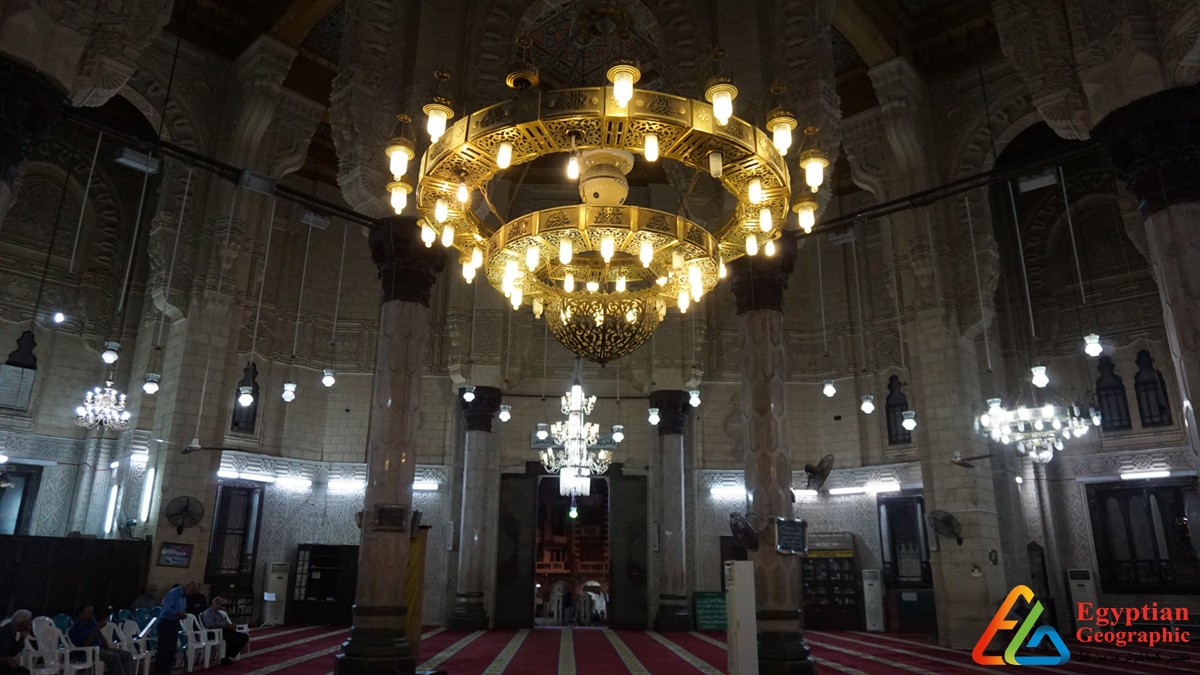






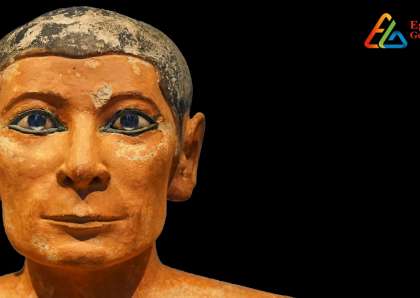


















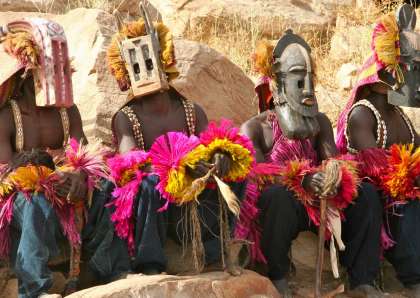








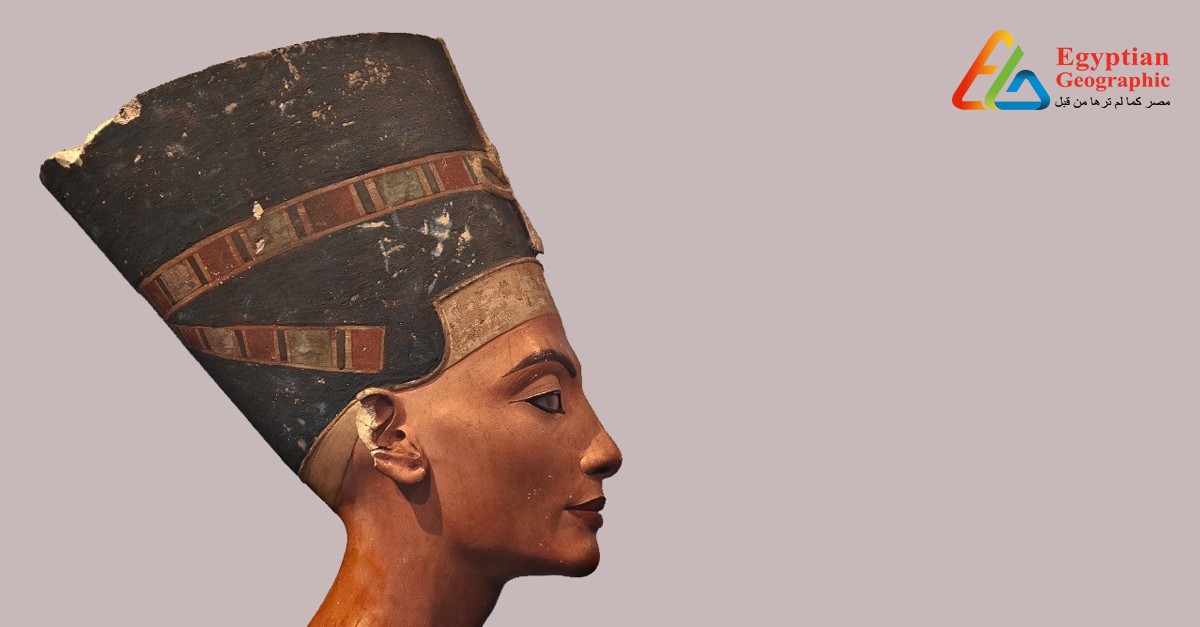













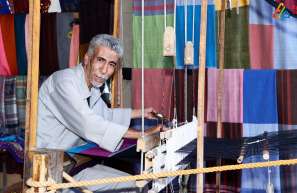


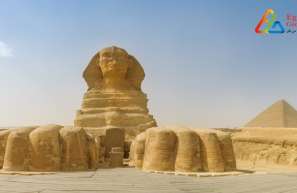








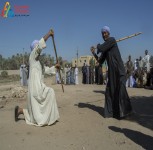


مجلة علمية معرفية وثائقية تتناول الشخصية المصرية